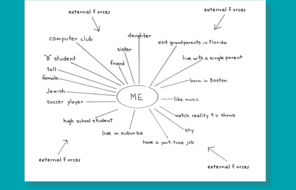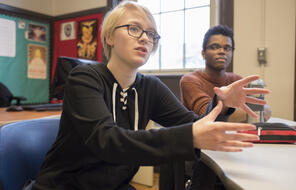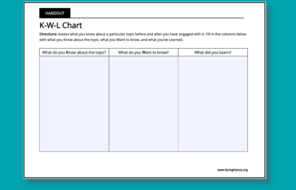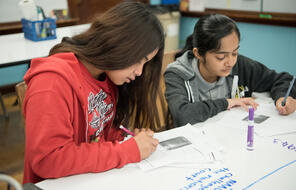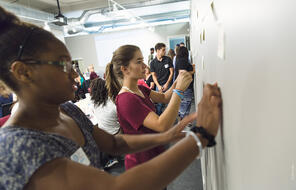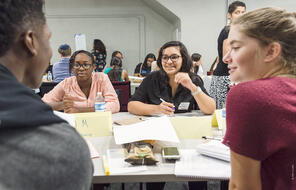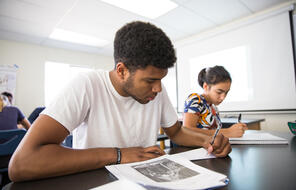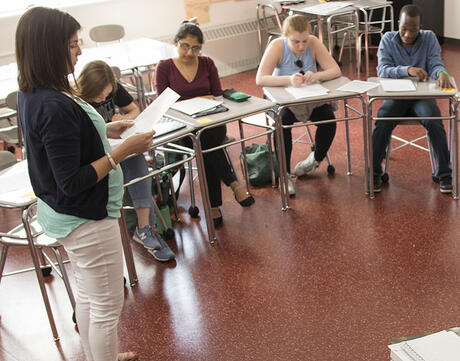
Collection
Teaching Strategies
Use our student-centered teaching strategies to strengthen your students’ literacy skills, nurture critical thinking, and build a respectful and collaborative classroom community.
Subject
- Advisory
- Civics & Citizenship
- English & Language Arts
- History
- Social Studies
Grade
6–12Language
English — USPublished
Updated
Discover Versatile and Effective Instructional Strategies
Every classroom is different, and every student is unique. Our teaching strategies can be easily adapted for your classroom context and are designed to nurture student’s individual strengths and learning styles. Whether you want to encourage group participation, help students connect emotionally with a subject, or spark more engagement through classroom activities, you'll find plenty of ideas in our library of proven instructional strategies.


